Get in the game.
With one hundred years delivering the best technology and service in the industry, we’ll make your wagering venture a success.
Contact Us »
Join us as we reflect on one hundred years of innovation in pari-mutuel betting technology.
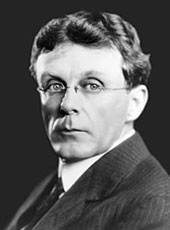
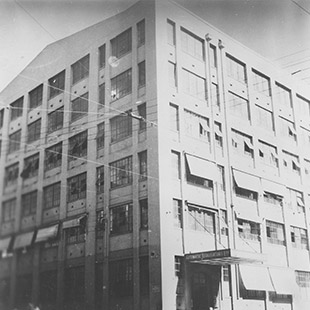


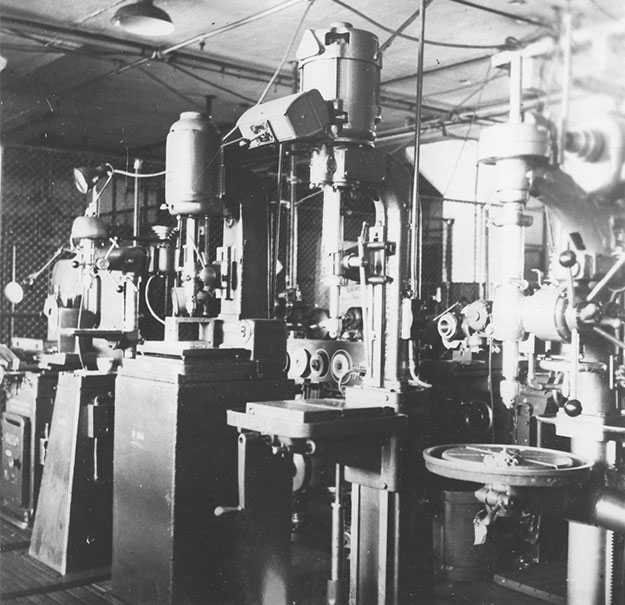
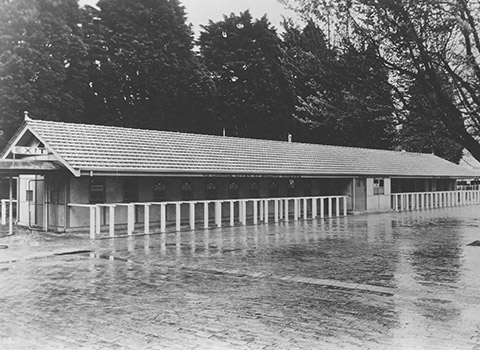


With one hundred years delivering the best technology and service in the industry, we’ll make your wagering venture a success.
Contact Us »